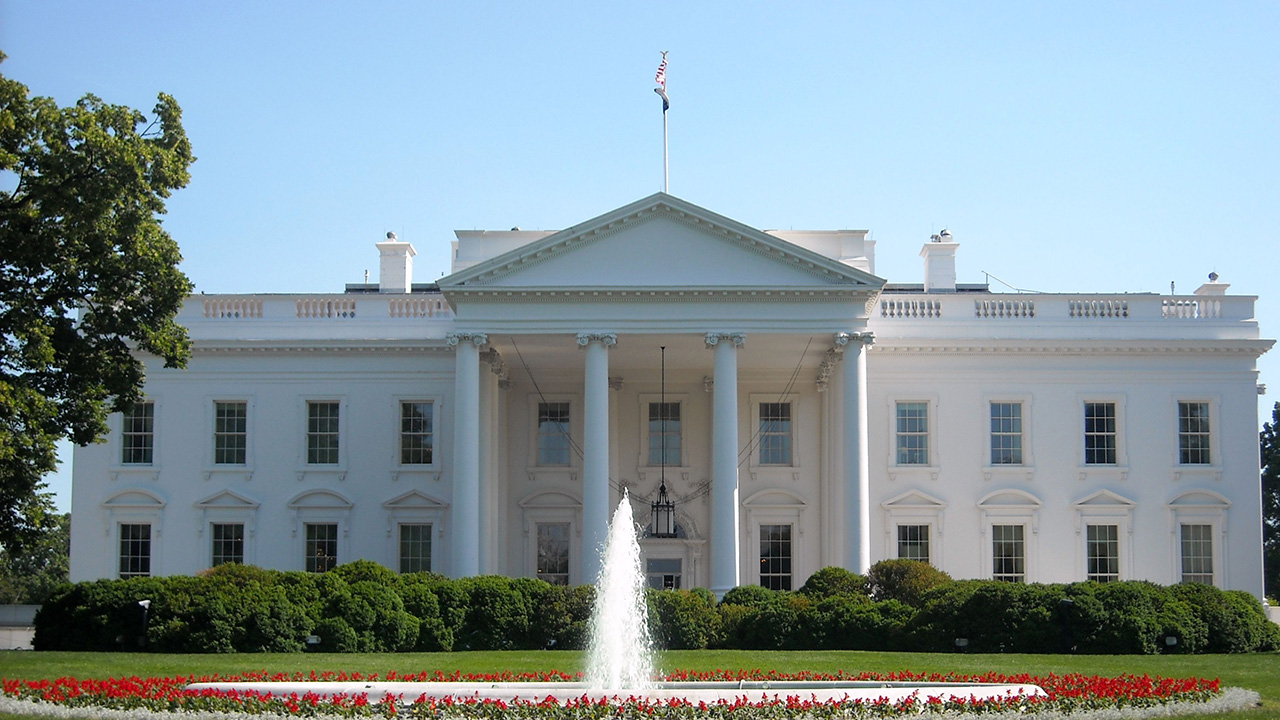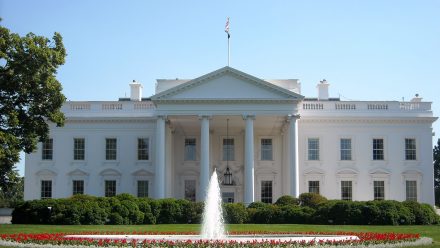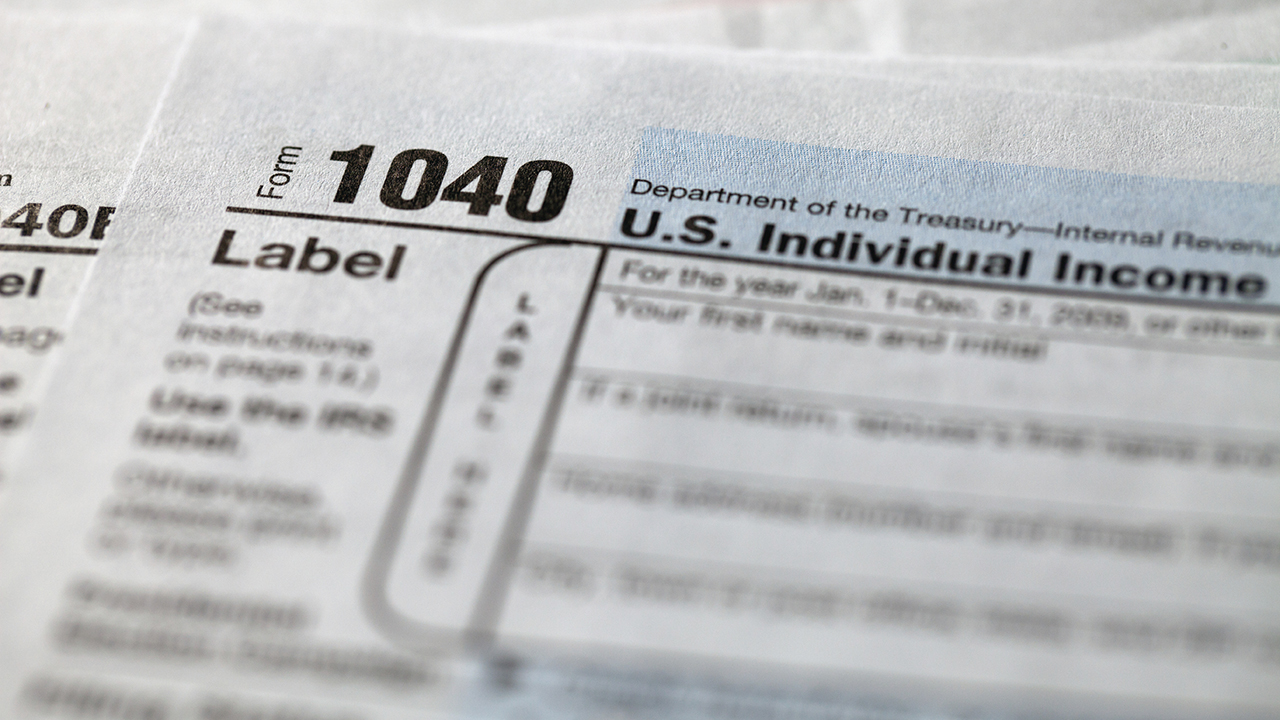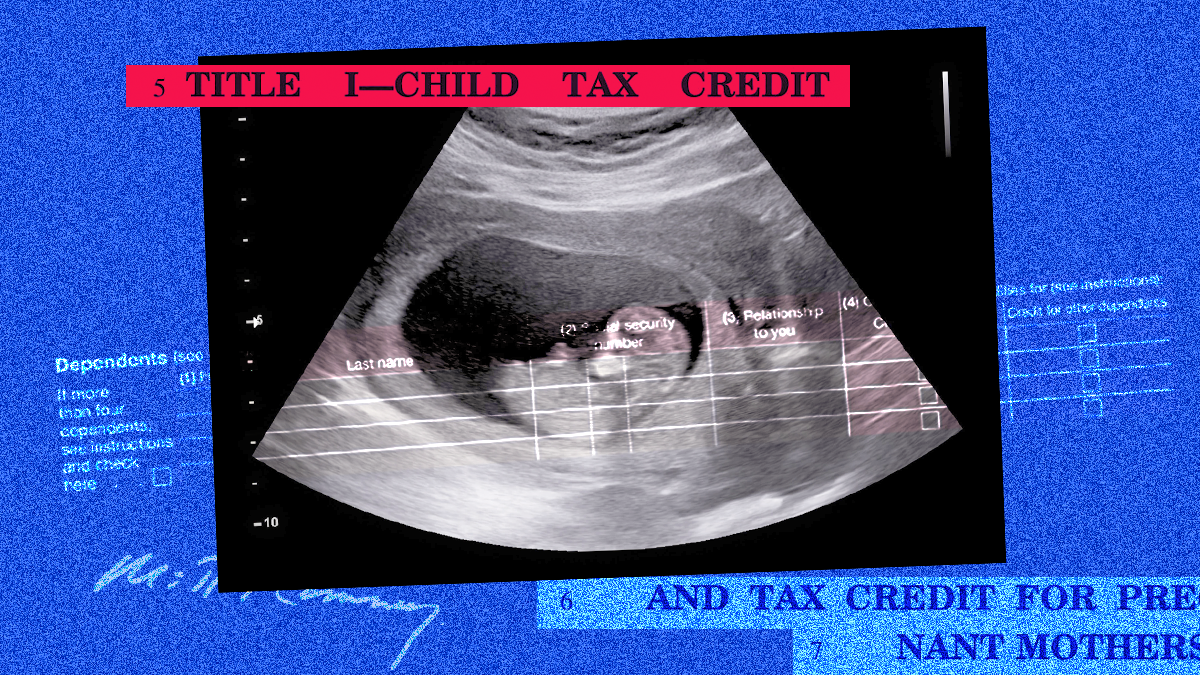Abortion rights, women of color, and LGBTQIA+ people are under attack. Pledge to join us in fighting for gender justice.
Look Beneath the Surface – Women Are Not Faring Well in the Trump Economy.

 The Trump administration has been hitting the road this past month, with President Trump and his surrogates making an economic pitch to women. His argument seems to be: “Overlook my misogyny, forget how I’ve been gutting your health care, and ignore my tax plan, which predominantly benefited millionaires and corporations. Just focus on the economy and women’s low unemployment rate.”
The Trump administration has been hitting the road this past month, with President Trump and his surrogates making an economic pitch to women. His argument seems to be: “Overlook my misogyny, forget how I’ve been gutting your health care, and ignore my tax plan, which predominantly benefited millionaires and corporations. Just focus on the economy and women’s low unemployment rate.”
On September 10, the census bureau will release the national poverty, income, and health statistics for 2018, and Trump is hoping that his message will get a boost. With last year’s low unemployment rate, there is a chance that the topline statistics will show reduced poverty rates and a boost in incomes – including for women.
But peek beneath the surface of the topline unemployment and poverty rates, and the numbers will reveal the difficult slog that women – particularly low-income women and women of color – are facing under this administration’s policies.
Ahead of Tuesday’s release, here are three things to look for in the 2018 poverty, income, and health data and important data points to contextualize the topline findings, especially as they relate to women and their families:
1. Trump’s policies have dampened the benefits of economic growth for low- and moderate-income households – especially for women and people of color.
Any positive news on income and poverty should be celebrated, but when it comes to the economy, Trump was born on third base and keeps acting as though he’s hit a home run. Income and poverty trends were improving prior to Trump’s inauguration, with the most robust improvements occurring in 2015 and 2016.
Moreover, even as Trump keeps crowing that women’s unemployment rate is at historic lows, it is important to note that working full-time does not inoculate women and their families from economic hardship. NWLC analysis of the most recent data show that nearly one in six full-time workers struggled to make ends meet with a household income less than twice the poverty line. Full-time working mothers of color are twice as likely as workers overall to face economic insecurity.
Trump’s policies have actively undermined further progress, dampening the gains that working people should be seeing from a tight labor market. For example, in 2014, the Obama administration took action to update the threshold for overtime pay, which, for decades, had been allowed to erode such that millions more workers were putting in extra hours without extra pay. Right before the rule was set to go into effect in 2016, a Texas court blocked its implementation, and now Trump has put forth a watered-down proposal for overtime pay that will leave out or weaken protections for over 8 million workers who would have been covered under the Obama-era proposal. Analysis by the Economic Policy Institute estimates that these workers – more than half of whom are women and over a third of whom are people of color – would lose over $1.2 billion in wages relative to what they would have seen in their paychecks under the Obama-era rule.
President Trump and Senate Republicans have also declined to raise the minimum wage after the House of Representatives passed the Raise the Wage Act in July 2019. This bill would raise the federal minimum wage to $15 per hour by 2025, index it to median wage gains, eliminate the sub-minimum wage for workers with disabilities, and gradually phase out the lower cash wage for tipped workers (currently just $2.13 per hour) – ensuring that all workers are entitled to the same minimum wage, regardless of tips. The Senate’s refusal to take up the bill and Trump’s veto threat will especially hurt women, who comprise two-thirds of low-wage workers.
This obstruction is directly relevant to the persistent gender wage gap that will be featured in next week’s data. Last year’s census data revealed that women working full-time, year-round still only make 80 cents for every dollar paid to their male counterparts. The pay gap between many women of color and white, non-Hispanic men is even larger than this gap between all women and all men: Black, Latina, and Native women are paid 61 cents, 53 cents, and 58 cents respectively for every dollar paid to their white, non-Hispanic male counterparts. Given that women’s concentration in poorly compensated jobs with few labor protections is one driving force of the wage gap, the Trump administration’s inaction on job quality is directly relevant to slower wage growth for women, especially women of color.
2. The Trump administration is actively undermining the efficacy for working-class women.
The Supplemental Poverty Measure that will be released next week is distinct from the Official Poverty Measure in that it shows the degree to which supports such as tax credits, rental assistance, and the Supplemental Nutrition Assistance Program (SNAP) kept families out of poverty. Last year, the poverty measure showed that the poverty rate would have been nearly twice as high without the boost in income provided by our nation’s public benefits programs.
Among other barriers to economic security, women face ongoing employment discrimination, overrepresentation in low-wage jobs, and greater responsibilities for unpaid caregiving. It is thus unsurprising that women and children compose a substantial majority of beneficiaries of programs such as SNAP, which kept 3.4 million people out of poverty in 2017, with similar numbers expected in next week’s release.
Unfortunately, President Trump is using every arrow he can find in his quiver to shoot holes into our nation’s social protections, including SNAP. Just in the past year, his administration has unilaterally taken action to:
- Expand harsh time limits for accessing SNAP for adults without dependent children who can’t document 20 hours of work a week. This rule is expected to kick 755,000 people off of nutrition benefits. One-third of non-elderly adult recipients of SNAP are women of color, who are expected to be hit especially hard by this cruel rule.
- Gut a provision known as broad-based categorical eligibility, taking food assistance away from approximately 3 million people annually, including many low-wage working women with hefty child care expenses. Trump’s proposal would also strip free school meals from hundreds of thousands of low-income schoolchildren and reimpose strict asset tests that discourage low-income families from saving.
- Slow down the way our nation’s federal poverty threshold keeps pace with the rising cost of living. Because the poverty threshold which is used to determine a household’s eligibility for public benefits programs ranging from Medicaid and SNAP to affordable housing and home heating assistance, millions of families, including seniors, people with disabilities, children, and households headed by women will lose benefits or see benefits reduced over the next decade.
- Wage a campaign of fear against immigrant communities, resulting in eligible immigrant families disenrolling from assistance for fear of facing family separation. The administration’s radical “public charge rule,” finalized in July, sets a new wealth test for immigration and penalizes immigrants for the low wages their employers pay.
These cuts that hurt struggling families come in the aftermath of a $1.9 trillion tax law, primarily benefiting millionaires and corporations – a law which Trump is now using as an excuse to cut supports for women and children.
3) Trump’s ongoing attacks on health care are “Making America Uninsured Again.”
One of Trump’s signature issues has been his consistent attempts to dismantle the Affordable Care Act (ACA). After several years of seeing more Americans get health coverage, the 2018 data released next week may show reversals in this progress.
After failing to repeal the Affordable Care Act through the legislative process, Trump has used every tool at his disposal to undermine access to health coverage unilaterally. He has stated this intention in his budget proposal, where he lays out his desire to cut Medicaid and Medicare by $1 trillion. He has written permission slips for states to illegally condition Medicaid on struggling families’ ability to document a set number of work hours every month, leading to thousands of people losing their health coverage. Through unilateral regulatory action, he is attempting to dismantle protections against health care discrimination – with disproportionate impacts for women and women of color in particular. He has refused to defend the ACA in court even as lawsuits threaten to overturn the entire law, which jeopardizes coverage for 130 million individuals with pre-existing conditions. And against the backdrop on his public charge rule and ongoing attacks on immigrant communities, eligible families have disenrolled from health programs.
At a time when unemployment is low, the economic uncertainty families are experiencing around a loss of health insurance is predominantly driven by an onslaught of attacks from the Trump administration.
Conclusion:
Low unemployment should mean higher wages and greater prosperity for all. Unfortunately, despite the robust economy that Trump inherited, his policies have dampened the degree to which women – especially low-income women and women of color – are benefitting from a tight labor market. Moreover, by gutting effective programs such as SNAP and dismantling the ACA, the Trump administration is actively making life harder for struggling women and families.
[1] NWLC calculations based on U.S. Census Bureau, 2017 American Community Survey using IPUMS





